|
Images from the 1887 and 1891 University of Wisconsin Law School graduating class photographs. University of Wisconsin Law Library Digital Repository, Alumni Photos Collection. By Amy Rabideau Silvers In the history of Wisconsin law, it’s safe to say there has never been anything quite like Kate Hamilton Pier and her daughters. Their story began in the 19th century, decades before women won the right even to vote. Miss Kate Hamilton Pier, daughter of mother Kate Hamilton Pier, graduated from high school in Fond du Lac at 16 and wanted to study law at the Wisconsin State University in Madison, now the University of Wisconsin. Mrs. Pier decided to attend law school, in part to accompany her daughter but also to develop her own business skills. “She greatly desired that her daughters should begin business life under her personal supervision,” according to a sort of who’s who published in 1893 with the weighty title A Woman of the Century: 1470 Biographical Sketches Accompanied by Portraits of Leading American Women in All Walks of Life, edited by Frances Elizabeth Willard and Mary Ashton Rice Livermore. “She had started alone and knew what pioneer business undertaking meant for a woman,” the entry continued. “She wished her girls to benefit by her experience.” Mother and daughter completed the two-year law course in one year, graduating in 1887 with high honors. By 1891, two younger daughters, Caroline Hamilton Pier and Harriet Hamilton Pier, followed suit. Of the eight women then practicing law in Wisconsin, four of them were named Pier. They became, as a headline in The Ladies’ Home Journal declared in 1892, “A Law Firm of Women.” That was just the beginning. “Besides practicing law, the Piers also successfully advocated for legislative changes that expanded opportunities for women,” said an article in Wisconsin Lawyer, published by the State Bar of Wisconsin. “One such accomplishment was to secure statutory amendments that removed bans prohibiting women attorneys from appointments as court commissioners.” The change cleared the way for Mrs. Pier to be appointed Milwaukee County circuit court commissioner in 1892—the first woman to serve as a judicial officer in the United States. The Wisconsin Lawyer article, written by Milwaukee County Circuit Court Judge Hannah C. Dugan, noted that it would be 44 years before a Wisconsin woman was appointed to serve as judge by a governor, and 78 years before a woman was elected. Daughter Kate was involved in several state Supreme Court cases, writing one brief soon after law school graduation and appearing with her father, attorney C.K. Pier. In 1889, daughter Kate—under the name Kate H. Pier—became the first woman to argue before the Wisconsin Supreme Court. She won that case and later others. In 1894, she became the first woman to argue before the U.S. Court of Appeals for the Seventh Circuit in Chicago, also a victory for her client. The four Piers were among the first 20 women admitted to the U.S. Supreme Court bar, though none of the Wisconsin women argued before that court. To further their feminist mission, “these first twenty women began to move each others’ applications for admission to the Supreme Court bar,” wrote Mary Clark in “The First Women Members of the Supreme Court Bar, 1879-1900." The younger Kate was part of that process, successfully moving to admit her mother and sisters to the U.S. Supreme Court bar. “Regardless of their aspirations to practice in the Supreme Court, these women were motivated to join the bar at least in part by their commitment to furthering opportunities for women. … Their roles as ‘first women’ in the law—attending and establishing law schools, holding positions within the legal profession previously closed to women, and joining bars—reflected and refined their consciousness of breaking down barriers for women in the legal profession. For them, joining the Supreme Court bar was another in a series of steps towards eliminating impediments to women’s participation in the legal profession.” A matter of appearances For its part, The Ladies’ Home Journal observed that the Piers were all “feminine” women who had lost “none of their womanly qualities.” Mrs. Pier was described as a handsome woman whose face “indicates a strong and sweet character, which would temper justice with mercy.” “Miss Kate is very beautiful,” the article continued. “It may be of interest to feminine readers to know that Miss Pier wore, when she plead and won her first case at Madison, a pretty black silk dress, brightened with a bit of color at her throat. It must have been a strange scene, when five most ‘potent, grave and reverend seigniors’ listened to a slip of a girl as she plead her case, and plead it well and with convincing power.” Caroline and Harriet, new members of the family law firm, were also described as pretty girls, “at whom one gladly looks twice.” Photographs of the September 1892 edition of The Ladies' Home Journal by Amy Rabideau Silvers. Indeed, it was not only the ladies’ magazine that covered matters of personal appearance during court appearances. The Milwaukee Daily Journal, reporting in 1889 on the younger Kate’s Wisconsin Supreme Court appearance, headlined one item “Raving Over a Lady Attorney.” “She is a beautiful girl, little over 20 years of age, a brunette, with bewitching eyes and very heavy lashes, but her striking feature is her splendid black hair, which falls nearly to the floor in a massive braid,” it read. Nowhere in that hundred-plus-word report did it mention the name of the case or other legal details. The Milwaukee Journal report on her case before the Court of Appeals did only slightly better, at least noting the case in question. “For several hours she compelled the attention of Judges Woods, Baker and Seaman, who sat in begowned dignity while Miss Pier expounded law principles,” it recounted. “The fair pleader wore a tightly-fitting gown of black velvet, with a big American Beauty rose pinned on her breast. The case was a personal damage suit against the Crane Elevator company, which Miss Pier won for her client in the lower court, but which the company appealed.” The appeals court upheld the verdict in Crane Elevator Co. v. Lippert. Kate’s client was a 15-year-old employee of the Western Union Telegraph Co., seriously injured after he fell navigating a dark hallway—no gas jets were lit—where the elevator company had left components during a replacement project. Early family life Colwert K. Pier (aka C.K. Pier), was born into a Fond du Lac County pioneer family. His future wife, Kate Hamilton, was born in Vermont in 1845 and later grew up in Fond du Lac, where she taught for three years after graduating high school. “Her first job was teaching school in the town of Empire. Here she received her board and $5 a month,” according to an obituary after her death in 1925. She next taught in the Fond du Lac schools, where high post-Civil War inflation helped push her wages to $22.50 a month. C.K. returned to his law practice after serving in the Union Army, and the two married in 1866. After the death of her father, Mrs. Pier began handling the estate left to her and her mother, which led to others asking her help on real estate matters. “Inheriting an estate from her father while she was still young, circumstances developed Mrs. Pier into one of the pioneer business women of Wisconsin,” an obituary said. “She had training in real estate in her father’s office … and in the bank and law office in which her husband was interested.” So when her oldest daughter wanted to attend law school, Mrs. Pier had reason to think a law degree could be useful to her, too. The Piers move to Milwaukee After graduating, the women returned to Fond du Lac and began practicing law. In 1888, the Pier family moved to Milwaukee, a more likely spot to support their burgeoning family of lawyers. Daughter Kate worked in the Wisconsin Central Railroad’s law department for a year before joining the family firm. C.K. died in 1895. The Pier women continued to practice. Mrs. Pier’s official duties as court commissioner came to include officiating at the weddings of daughters Caroline and Harriet. The elder Kate died in Fond du Lac at the age of 80. Daughter Kate married railroad contractor James Alexander McIntosh in 1901, moving to New York City and quitting her law practice. After her husband’s death in 1916, she returned to Fond du Lac, where she assumed management of the family’s real estate and was again involved in the legal community, including the Wisconsin Bar Committee on Women Lawyers. She died in 1931. Caroline Hamilton Pier married attorney John Roemer in 1897. As a young lawyer, she specialized in maritime and admiralty law. She died in 1938. Harriet Hamilton Pier specialized in real estate law and argued before the Wisconsin Supreme Court. She married Charles G. Simonds, an electrical engineer, in 1905, and later lived in Rhinelander. “There is probably no woman in the state who has a better idea of the lands of northern Wisconsin than Mrs. C.G. Simonds … who, although residing in Milwaukee, spends much time in the wilds of the north,” reported The Milwaukee Sentinel in 1919. “She is also considered an expert in judging lands and her advice is frequently sought.” An obituary in 1943 called her a pioneer timber cruiser (riding trains to estimate timber value), conservationist, philanthropist, and, of course, one of Wisconsin’s first women lawyers. All were “demonstrating most clearly that they are qualified to rank with men in the learned and honored profession of law,” opined The Ladies’ Home Journal article. “It is not probable that any one of these young ladies is unfitted for a home because she has identified herself with an unusual calling for a woman. Only a few years ago, if a woman found it necessary to work for a living, as she often did (apparently suffering both the curse of Adam and Eve) there was no career open to her save school-teaching or dress-making. Now, as a progressive woman says, ‘she can do anything where her petticoats do not catch in the machinery.’” This project is supported by grants from
0 Comments
By Amy Rabideau Silvers 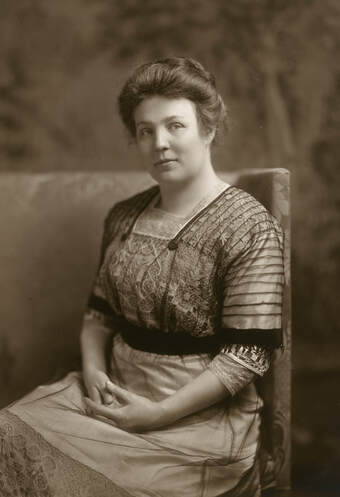 Meta Berger in 1910. Photograph courtesy of the Wisconsin Historical Society. Image 52054. Meta Berger in 1910. Photograph courtesy of the Wisconsin Historical Society. Image 52054. More than a decade before the 19th Amendment gave American women the right to vote, Meta Berger was elected as one of the first women to serve on the Milwaukee School Board. She came to politics through her famous husband, Victor Berger, a leader in the Socialist Party. That was not enough to prepare her when the party nominated her as a candidate in the 1909 school board race, just seven years after women in Wisconsin won the right to vote in school board elections. She was, in her own words, “surprised, shocked and frightened.” Meta wired her husband, asking him what to do. “Do nothing, except to accept the honor,” came the answer. “You won’t be elected anyway.” But win she did, part of a wave of Socialist victories that put her reform-minded party in control of local politics. She ran again despite her husband’s reservations. “When I am alone and thinking the matter over—then it always comes to me again that I don’t want either you or the children to take a prominent part in public life,” he once wrote. “You are not adapted to it at all … although (I am sorry to say) that you have acquired a little taste for it through your work on the school board. When your term is over I don’t want you to run again.” Meta ran and won reelection, going on to serve 30 years on the board, including as its president from 1915-1916. She also apparently won her husband’s acceptance of her political role, evident in a letter he wrote to one of their daughters. “Sometimes I wonder whether you girls sufficiently prize the fact that your mother is the first women in America who has ever achieved the honor of being elected president of a school board. And the first Socialist president at that … man or woman.” Through it all, Meta lived her Socialist values. “As a school director, Meta supported progressive measures such as playground construction, 'penny lunches,' free textbooks, and medical inspection of schoolchildren,” according to Kimberly Swanson in the introduction to a memoir written by Meta in the last year of her life. It was published as A Milwaukee Woman’s Life on the Left / The Autobiography of Meta Berger, edited by Swanson and published by the Wisconsin Historical Society Press in 2001. “She was also a teachers’ advocate and worked for their tenure, a firm salary schedule, and a pension system,” Swanson continued in her introduction. “Though she was not always successful in her efforts—she failed, for example, in her attempt to provide free textbooks—her fellow school directors nonetheless respected her ‘clear thinking, fresh interest and enthusiasm.’” One victory came at her very first school board meeting. “My fear left me even before the close of the meeting over a question which had aroused my interest and indignation,” Meta wrote in her memoir. “The board was going to discriminate against women by ruling that no woman, no matter how qualified, could become the head of a department in any high school course and was going to replace a woman who had served in such a capacity for a number of years. … “I forgot everything except that I must defend women and their rights, so made my first speech in the school board. It must have been pretty good for I won the fight and women there-after could hold positions equal in rank with men.” Early life—and a political awakening Meta was born in 1873 to a Milwaukee couple, Bernhard and Matilda Schlichting, who came to America from Germany as children. Her father briefly served as a Republican in the state Legislature and then in an appointed position with the Milwaukee schools. Perhaps most importantly in Meta’s life, he also hired a young immigrant, Victor Berger, to teach German classes. Victor proved a friend to the family after Bernhard’s death in 1883. The family struggled financially, with her mother taking in boarders. Meta graduated from the Wisconsin State Normal School, a forerunner to the University of Wisconsin-Milwaukee, in 1894. She taught for three years before resigning her position to marry Victor, 13 years her senior, in 1897. Their marriage proved a loving relationship but not without its struggles, emotional and otherwise. Victor was an opinionated, sometimes volatile man. The family’s finances were often precarious at best, including as Victor struggled to keep his newspapers afloat and accomplish the work of the Socialist Party. “Soon a change in my life took place,” Meta wrote in her memoir. “My husband came home saying he was to attend a Socialist national convention in Chicago (in 1904) within a few days. Again I felt I was left behind. … without saying a word I determined to attend that convention too. I didn’t know quite yet how it was to be managed, but go I would.” She managed to do just that, turning up much to her husband’s amazement. “The convention was a turning point in my life,” she wrote. “I was so interested, so excited, so fired with enthusiasm when I heard those scholarly speeches and arguments, some of which I understood and some I didn’t. But the general drift of the purpose of the convention slowly drifted into my consciousness.” Meta resolved to attend all conventions with her husband, becoming increasingly active, which led to her school board nomination. Other notable roles followed, including appointments to the Wisconsin State Board of Education (1917-1918), the Wisconsin Board of Regents of Normal Schools (1927-1928), and the University of Wisconsin Board of Regents (1928-1934). Meta grew in confidence, someone who would voice her own opinions in all kinds of settings, as she did at her first meeting as a normal schools regent. Budgets, she then said, were being figured too closely, schools allowed to deteriorate. The board was “trying to shield the poor legislators by not being too hard on them in our requests.” “I for one would go before them and put the responsibility squarely on their shoulder. If we maintain a fire-trap then the refusal for the money to repair such conditions must be theirs,” the new regent told her fellow board members. “I guess I threw a bomb alright enough. The whole board was up in arms at once and didn’t know just what to do with such an unruly member.” She was actively involved in the suffrage and peace movements, although she sometimes felt a level of scrutiny for her Socialist ways and found those activists to be “well meaning but not courageous.” “Socialist women—even those of middle-class origin, like Meta—identified with the working class and questioned economic arrangements … (and) social traditions,” Swanson said in her writing. “She demonstrated her commitment to expanding women’s roles through her educational and suffrage work, for example, by defending the right of married women to teach,” according to Swanson. “She once criticized a fellow Socialist for making a ‘purely moral’ argument in favor of woman suffrage, meaning that she disapproved of arguments for change based solely on supposed moral differences between men and women. A firm proponent of equal rights, Meta may have sensed that emphasizing differences hindered rather than furthered women’s integration into public life.” Washington and wartime politics In 1910, Victor Berger was elected to the U.S. Congress on the Socialist ticket, necessitating the family’s move to Washington, D.C. “My husband had to resign as alderman in order to represent the Fifth District of Wisconsin in Washington,” according to Meta. “Now not only local problems but national problems were brought into the home. … Naturally everyone in the whole country wanted to know who this lone Socialist congressman elect was and what he was like.” He served until 1913 but was elected again in 1918. Nothing about that victory proved simple. Victor was elected after his indictment under the Espionage Act of 1917, passed soon after the U.S. entered what is now called World War I. His fellow congressmen refused to allow him to take his seat in the U.S. House of Representatives. Victor and four other defendants were tried in federal court in Chicago. Victor was sentenced to 20 years in prison. Then they learned the conditions for bail pending an appeal. Each man would be released only on $100,000 bond, secured by unencumbered real estate in Illinois. The bail would have to be raised within hours, by the end of the day, or they would be taken to prison. Meta and their Socialist Party friends began raising money. “We began at once to telephone friends and known liberals,” Meta wrote. “I had to call up perfect strangers and say something like this … ‘I am the wife of Victor Berger who was sentenced to serve twenty years in the penitentiary. My husband and the four other defendants must go to prison tonight unless we can raise the sum of $500,000 in unencumbered real-estate. I am told that possibly you would be willing to sign for part of the bond. Will you? Will you keep five men out of prison, pending an appeal of the case?’” The effort worked, with supporters helping to raise more than the $500,000 needed. “We finally got back to the office of the bonding clerk to discover the room filled with people, the legal looking deeds to their property held in their hands or protruding from their pockets,” she said in her writing. A few quick postscripts are in order here. Congress declared Victor’s seat open, necessitating a special election late in 1919. He won with even more votes, but again Congress refused to seat him. Yet another election followed, and Milwaukee voters finally choose a non-Berger candidate to be represented in Washington. In 1921, the conviction was voided by the U.S. Supreme Court, which found that the judge, who had publicly made anti-German and anti-Socialist remarks, should not have heard the case. Victor ran again for Congress, serving from 1923 to 1929. The final chapters Meta became a widow during the summer of 1929. Her husband was struck by a streetcar while crossing the street outside his newspaper office. He died of his injuries three weeks later. Victor Berger’s body lay in state at Milwaukee City Hall, and 75,000 people came to pay their respects. In the following decade, Meta did not hew to the official Socialist Party lines. She explored Communist affiliations and friendships, even traveling to Russia, though she never joined the Communist Party. While the Socialist Party had long had its own philosophies and factions, Meta’s actions were no longer acceptable. In 1940, after she was asked to withdraw from “communist-front” organizations, she instead chose to resign from her longtime party. She died in 1944 at a family home in Thiensville. “Meta Schlichting Berger served her community and her country, as well as her husband and family, by helping to shape her century for the better,” wrote historian Genevieve G. McBride in the forward to Meta’s memoir. “There is no better testament to a life lived well, nor to the lessons she left for the next generation.” This project is supported by grants from
|
Donate
Help WJI advocate for justice in Wisconsin
|
Copyright © 2024 Wisconsin Justice Initiative Inc.
The Wisconsin Justice Initiative Inc. does not endorse candidates for political office. The Wisconsin Justice Initiative Inc. is a 501(c)3 organization.
The Wisconsin Justice Initiative Inc. does not endorse candidates for political office. The Wisconsin Justice Initiative Inc. is a 501(c)3 organization.



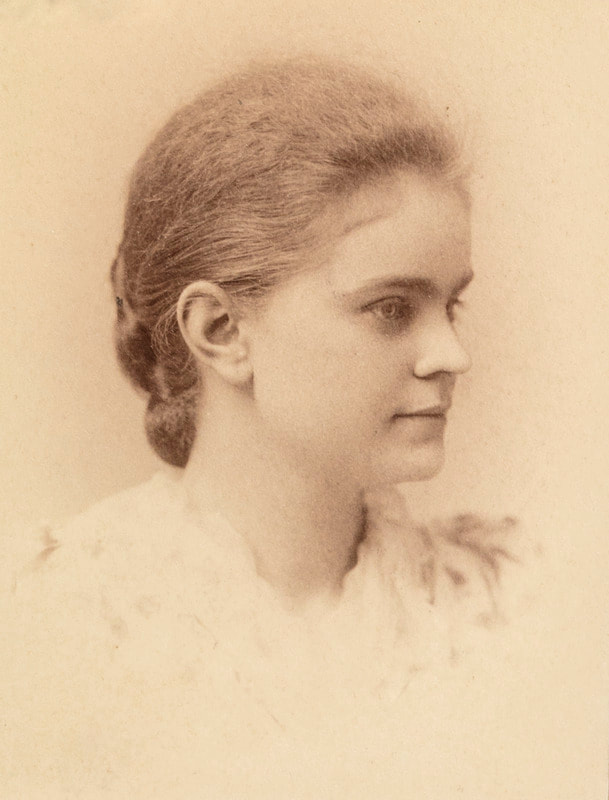
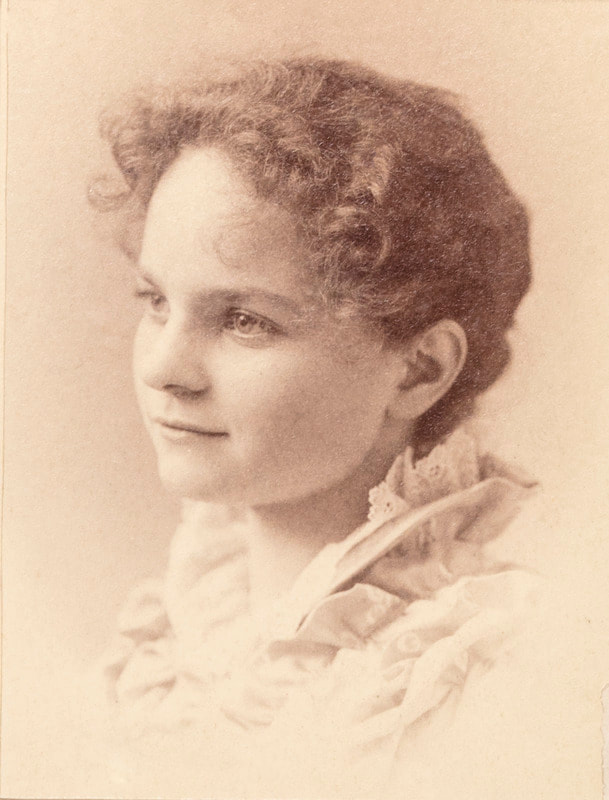
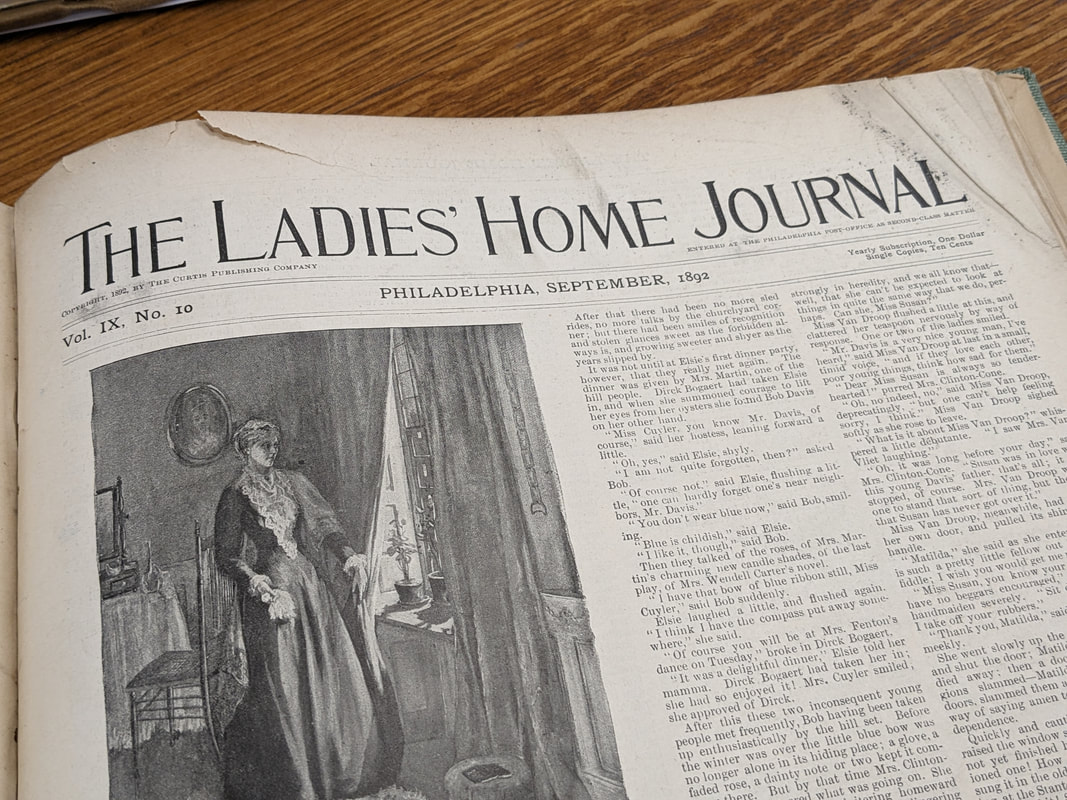

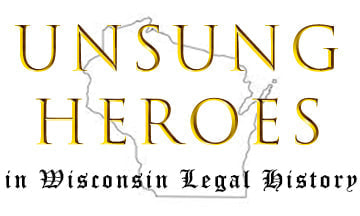


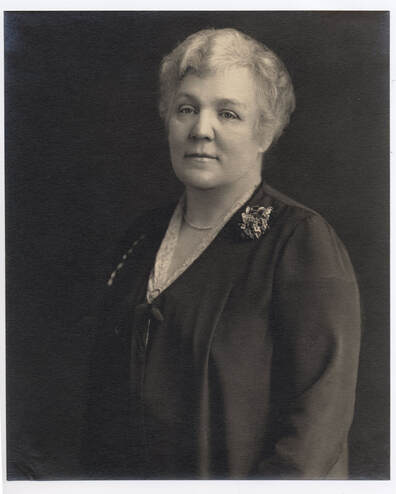
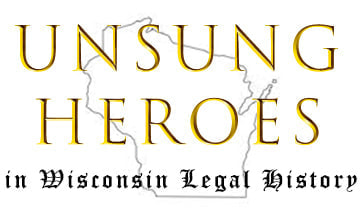


 RSS Feed
RSS Feed